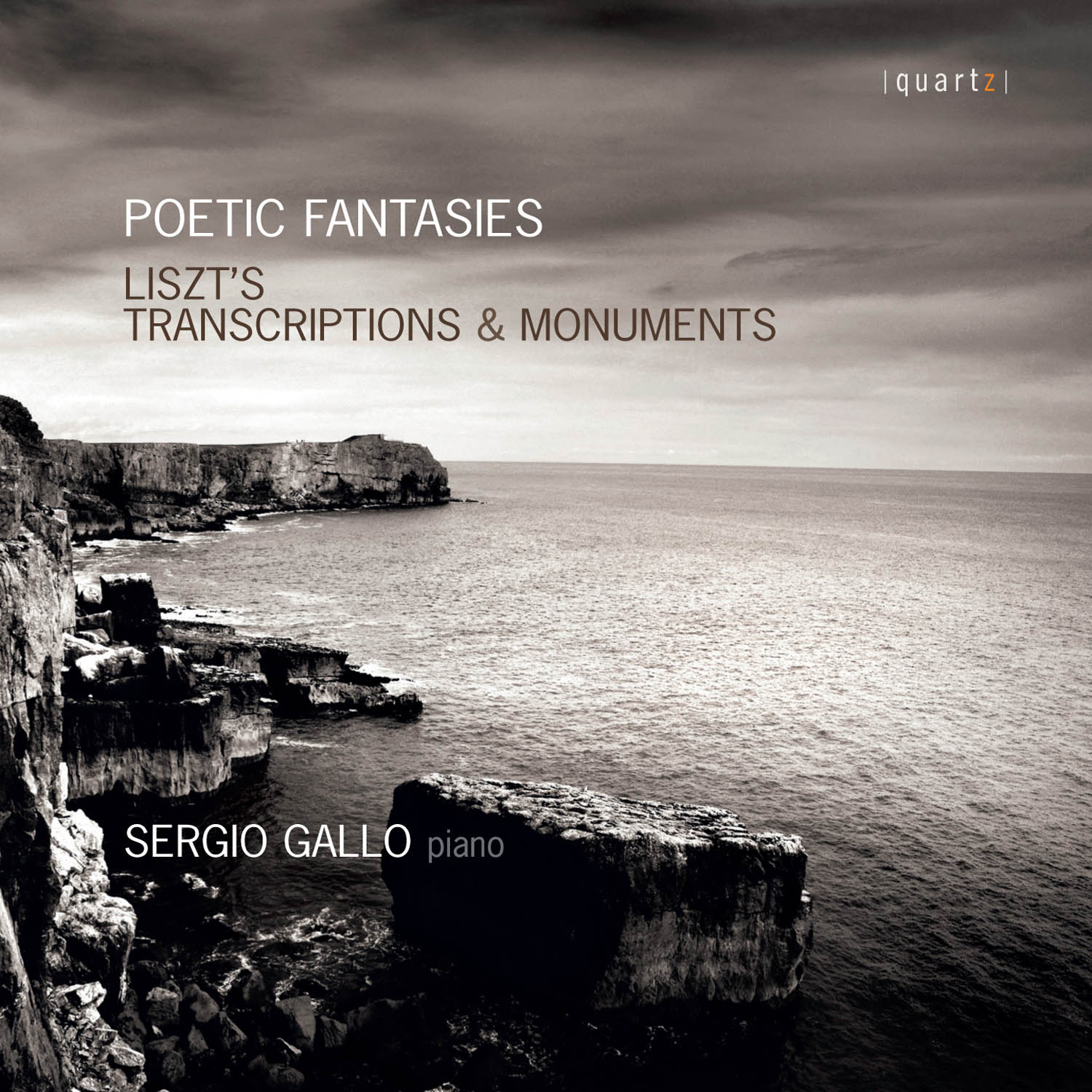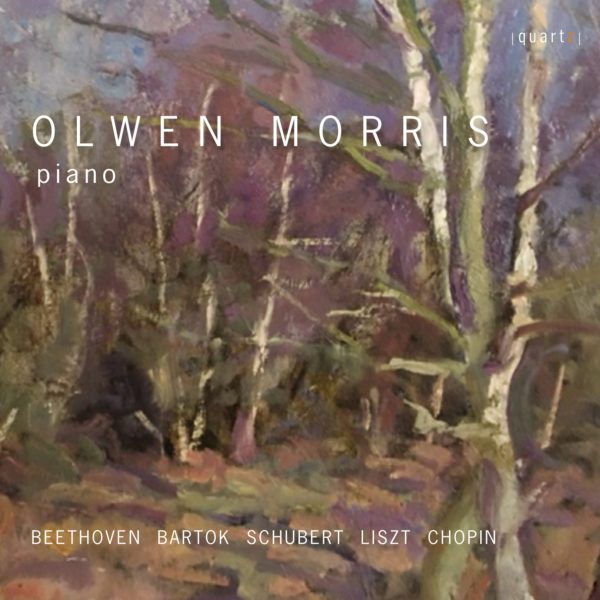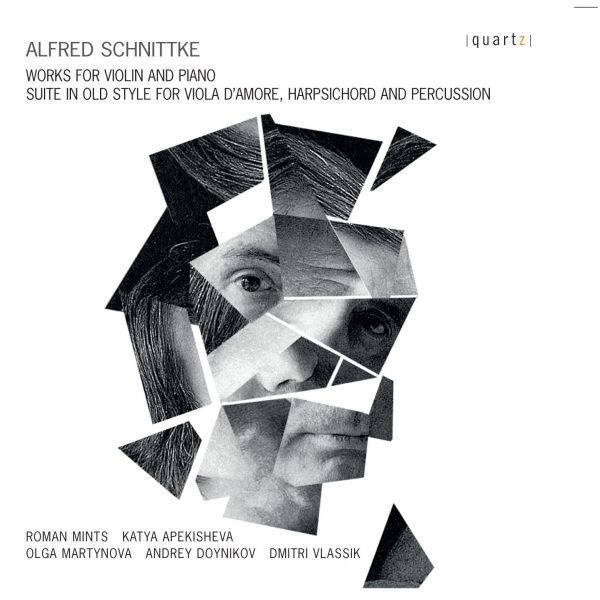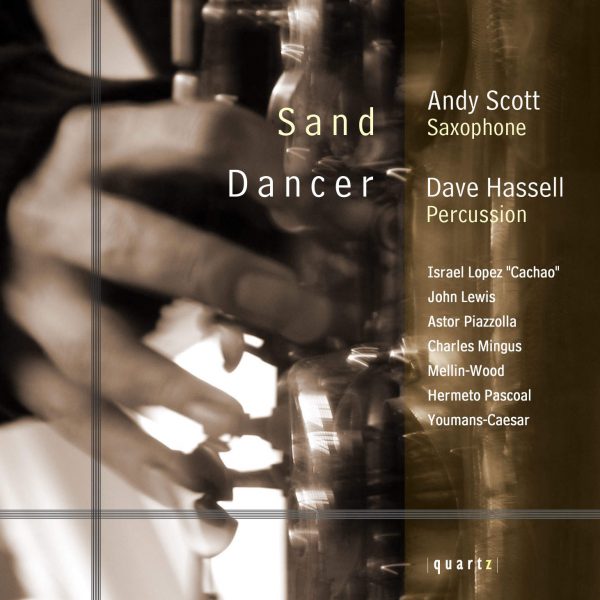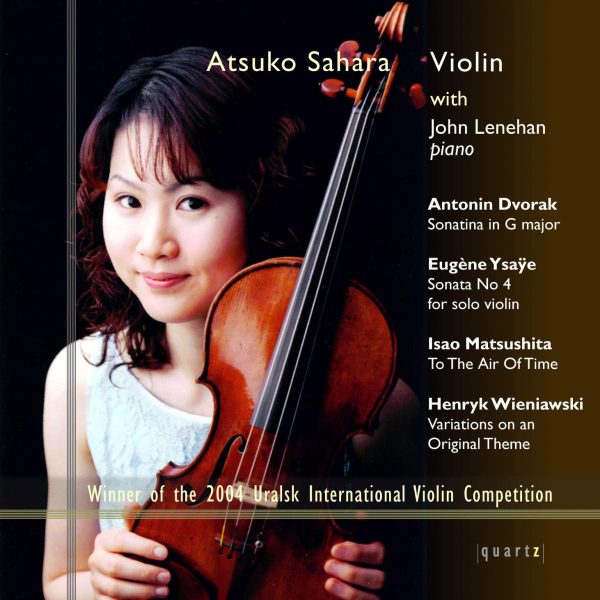Poetic Fantasies
£5.99 – £11.99
Poetic Fantasies
Liszt’s Transcriptions and Monuments
CD 1
Vallée d’Obermann
Après une lecture du Dante
Sonata in B minor
CD 2
Aufenthalt
Liebesbotschaft
Erstarrung
Ave Maria
Widmung
Rigoletto
Isolde
Lucia
Norma
About This Recording
In a letter dated 22 July 1913, Ferrucio Busoni, the famous Italian pianist, composer and editor of Liszt’s musical works discussed the unequivocal importance of transcriptions in piano literature. Busoni remarked: … looked at from a right point of view, every important piano piece is the reduction of a big thought to a practical instrument. But transcription has become an independent art; no matter whether the starting point of a composition is original or unoriginal.
Bach, Beethoven, Liszt, and Brahms were evidently all of the opinion that there is artistic value concealed in a pure transcription; for they all cultivated the art themselves, seriously and lovingly.
The ‘art’ of transcription was a significant creative outlet throughout Liszt’s compositional career. He wrote over 700 piano arrangements featuring music of Romantic greats including Schubert, Schumann, Verdi, and Wagner, to name a few. During the nineteenth century, the virtuosic nature of the repertory became a huge draw at public piano concerts by Chopin, Czerny, Clara and Robert Schumann, Liszt and others. Not surprisingly, Liszt’s transcriptions met with immediate success, cementing his stature as a piano virtuoso and composer. Furthermore, Liszt’s efforts played seminal role widening the audience for small-scale works such as Schubert’s songs, as well as, larger orchestral paraphrases and operatic fantasies. This recording showcases Liszt’s multi-faceted compositional approach to his piano transcriptions and paraphrases, alongside original artistry apparent in his larger musical monuments.
Liszt’s pronounced interest in Schubert lieder began with his return to Vienna to perform at charity concerts to help the victims of Danube flood of March 1838 (Walker, 1981). That the melodies of Schubert rejuvenated Liszt’s musical imagination is evident from the twenty-eight transcriptions of his well-known lieder published in 1838/39. In fact, Clara Schumann played several of Liszt’s Schubert transcriptions at concerts c. 1838–41 (Pettler, 1980). The transcriptions of Aufenthalt (Resting Place) and Liebesbotschaft (Message of Love) from Schubert’s Schwanengesang (Swan Song, 1828), Erstarrung (Numbness) from Winterreise (A Winter’s Journey, 1823), and Ave Maria (Ellens Gesang III, 1825) were all composed during this period.
Ludwig Rellstab’s text Aufenthalt focuses on the agitated feelings of an anguished protagonist although the underlying reason for his pain remains ambiguous. Schubert’s setting, with its repeated triplet patterns and punctuated vocal phrases captures the restlessness and anguish portrayed. Liszt’s takes his cue from Schubert’s interpretation, using the triplet patterns consistently. Schubert’s melody is given new life by innovative use of the piano registers and a brief modulation to major tonality, depicting a range of emotions from profound sadness to a glimpse of elusive happiness before falling back to the initial grief.
By contrast, Rellstab’s Liebesbotschaft centres on the poetic musings of a lover inviting a gurgling stream to convey a message to his sweetheart. Liszt retains the flowing broken chord accompaniment from Schubert’s representation of the stream in the right hand while he uses the sonorous middle register of the piano to highlight the vocal phrases of the protagonist. In the passage where the song refers to the reverie of the girl dreaming of her lover Liszt instinctively moves the melody to the upper registers to augment the joyous mood.
Wilhelm Müller’s text Erstarrung (Numbness) from Winterreise displays the intensity of despair of a protagonist who has lost his love. He searches for her footsteps in the snow and fears that once the frigid pain in his heart melts like the snow, he would have no tangible memento of her. Musically the combination of the restless triplets and mournful melody in Schubert’s lied achieve the unity of theme and mood. Liszt enhances the dramatic effect further in his transcription by dividing the melody between the two hands and expanding the difficult figurations across the keyboard. Liszt’s transcription of Ave Maria while remaining faithful to Schubert’s original displays magnificent imagination. He explores the resonance of the various registers of the piano by developing and varying the arpeggio figurations across the keyboard. A certain element of elegance, refinement of texture and voicing is noticeable in the placement of the primary melody in the middle register.
Schumann’s 1840 setting of Friedrich Rückert’s poem Widmung (Dedication/Homage) from the song cycle Myrthen Op.25 was a ‘wedding present’ for his beloved Clara. Rückert’s poetic sentiments appear to have struck a personal chord with Schumann. The depth of Schumann’s devotion to Clara is evident in the vocal melody that gains more fervour as the song continues. Similarly, the distant modulation from A-flat major to E major in the middle of the song musically emphasizes this idea. The unexpected quote from Schubert’s Ave Maria in the piano postlude adds to the pensive nature of his reflection. Liszt’s transcription (1846) successfully retains Schumann’s lyricism while simultaneously presenting a larger than life musical vignette of Schumann and Clara’s story. In particular, the ‘re-orchestrated’ return of the opening theme with its full chords and virtuosic flourishes across the keyboard may be interpreted a celebration of their love. This celebration dissolves into the subtle reference to Schubert at its conclusion. In short, Liszt’s Widmung is a fitting homage to Schuman, Clara and Schubert.
Opera-based piano fantasies offered Liszt more artistic freedom to explore textures, timbre and themes since the scale of the works meant there were diverse elements that the composer could choose to explore. For instance, in the transcription of Verdi’s Rigoletto (composed c. 1855) Liszt opted for a virtuosic paraphrase of the quartet Bella figlia dell’amore from the last act of the opera. Structurally, the work has an introduction and coda framing the scene, with Maddalena’s theme dominating the musical material. Similarly, in the earlier reconstruction Réminiscences de Lucia di Lammermoor (1835–36) Liszt’s transcribed the beautiful sextet from the second act of Donizetti’s opera. The bravura passages raised the popularity of the piece to the extent that it prompted the composer to forbid his students from playing it too often in his celebrated master classes.
The operatic piano fantasy based on Bellini’s Norma composed c. 1845 is perhaps the most technically demanding pieces of Liszt’s compositions. His compositional approach in this work is remarkably different to the straightforward explorations of orchestral and vocal sonorities of the works previously discussed. Réminiscences de Norma colourfully interweaves seven of the characteristic themes from the opera. Rather than present them in their order of appearance, Liszt proceeds with a free fantasia expansion of the themes often juxtaposing them in a dazzling manner against each other. One such musical moment is the chorus Dell’aura tua profetica (From your prophetic inspiration), that undergoes a myriad of transformations from warlike and rousing characteristics to many other variants before returning to the opening ideas. Similarly, Liszt uses the stirring Guerra, Guerra (War War) theme from an earlier scene to bring the work to an exciting finish.
Liszt’s adulation of Wagner is apparent in many of his letters to the composer. There can be little doubt that their personal relationship prompted Liszt to further the cause of Wagner’s operatic music. His transcription of Mild und leise scene from Tristan and Isolde which he titled Isoldens Liebestod (1867) renders the orchestral sonority of the original score in convincing manner. Liszt draws upon shimmering tremolos, arpeggiations, repeated chords, sustained and the extreme crescendos to create the thunderous timbre of a full orchestra. Vallée d’Obermann (1855) from Liszt’s first set of Années de pèlerinage is perhaps the best and longest work in the collection. The ‘Years of Pilgrimage’ portrays Liszt’s travels in Switzerland 1835–36 with Marie d’Agoult. Based on the French writer Senancour’s novel Obermann set in Switzerland, Liszt explores the various philosophical questions posed by the author and the essence of the narrative. The initial motif in left-hand that begins the work undergoes a series of thematic transformations, in the manner of a symphonic poem. Liszt conveys Obermann’s view of natural beauty in a spectacular fashion and employs musical pauses and recitatives to portray the questions posed by the author. The work builds up ecstatically to an immense climax albeit concluding ambiguously with unresolved emotions – typical narratives of the Romantic Era.
Après une lecture du Dante: Fantasia quasi Sonata is the seventh and last piece in the second volume of the Années de Pèlerinage: Italie (published 1858). Liszt’s first experiment with the materials of this work date from 1839, and it is inspired by Dante Alighieri’s Inferno, Canto 1 from the divine Comedy. He revised and included this single-movement sonata in the set in 1849. Liszt’s imaginative textures depict the soul’s wailing in the depths of hell. Although Liszt introduces his vision of paradise with all his pianistic brilliance towards the end, it is the ominous dissonance of Dante’s Inferno that lingers in the mind.
The Sonata in B Minor (1853) is regarded as Liszt’s crowning achievement in his compositional career. In fact, the noted Liszt scholar Alan Walker once proclaimed, ‘if Liszt had written nothing else, he would have to be ranked as a master on the strength of this work alone’. The combination of musical structure, thematic integration and pianistic virtuosity makes it one of the seminal works of the nineteenth century. Liszt achieves a great effect of unity by the use of thematic transformation of the motives presented at the opening section. Although the sonata is in a single movement form, there is the illusion of an underlying conventional three or four movement structure. This structural aspect is evident in the slow andante, the fugal scherzo with the recapitulation functioning as the finale. What is perhaps most interesting is Liszt’s choices of tonality which is quite traditional as opposed to his fondness for chromatic harmony. The closing passage of the sonata leaves us with a feeling of a strong spiritual experience, bringing back the main themes providing a satisfactory fulfilling conclusion.
© 2015, Mekala Padmanabhan
Track Listing
-
Franz Liszt
- Vallee d’Obermann K. F. Abel
- Apres une lecture du Dante Franz Liszt
- Sonata in B minor
- Aufenthalt
- Liebesbotschaft
- Erstarrung
- Ave Maria
- Widmung
- Rigoletto
- Isolde
- Lucia
- Norma
